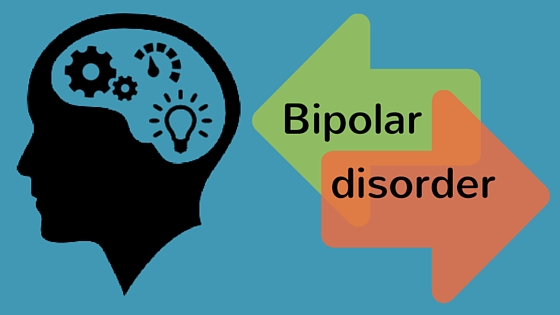Bipolar disorder, also known as manic-depressive illness, is a brain disorder that causes unusual shifts in mood, energy, activity levels, and the ability to carry out day-to-day tasks.
There are four basic types of bipolar disorder; all of them involve clear changes in mood, energy, and activity levels. These moods range from periods of extremely “up,” elated, and energized behavior (known as manic episodes) to very sad, “down,” or hopeless periods (known as depressive episodes). Less severe manic periods are known as hypomanic episodes.
Bipolar I disorder can cause dramatic mood swings. During a manic episode, people with bipolar I disorder may feel high and on top of the world, or uncomfortably irritable and “revved up.“ During a depressive episode they may feel sad and hopeless. There are often periods of normal moods in between these episodes. Bipolar I disorder is diagnosed when a person has a manic episode.
Bipolar II disorder involves a person having at least one major depressive episode and at least one hypomanic episode (see above). People return to usual function between episodes. People with bipolar II often first seek treatment because of depressive symptoms, which can be severe.People with bipolar II often have other co-occurring mental illnesses such as an anxiety disorder or substance use disorder.
Cyclothymic disorder is a milder form of bipolar disorder involving many mood swings, with hypomania and depressive symptoms that occur often and fairly constantly. People with cyclothymia experience emotional ups and downs, but with less severe symptoms than bipolar I or II.


